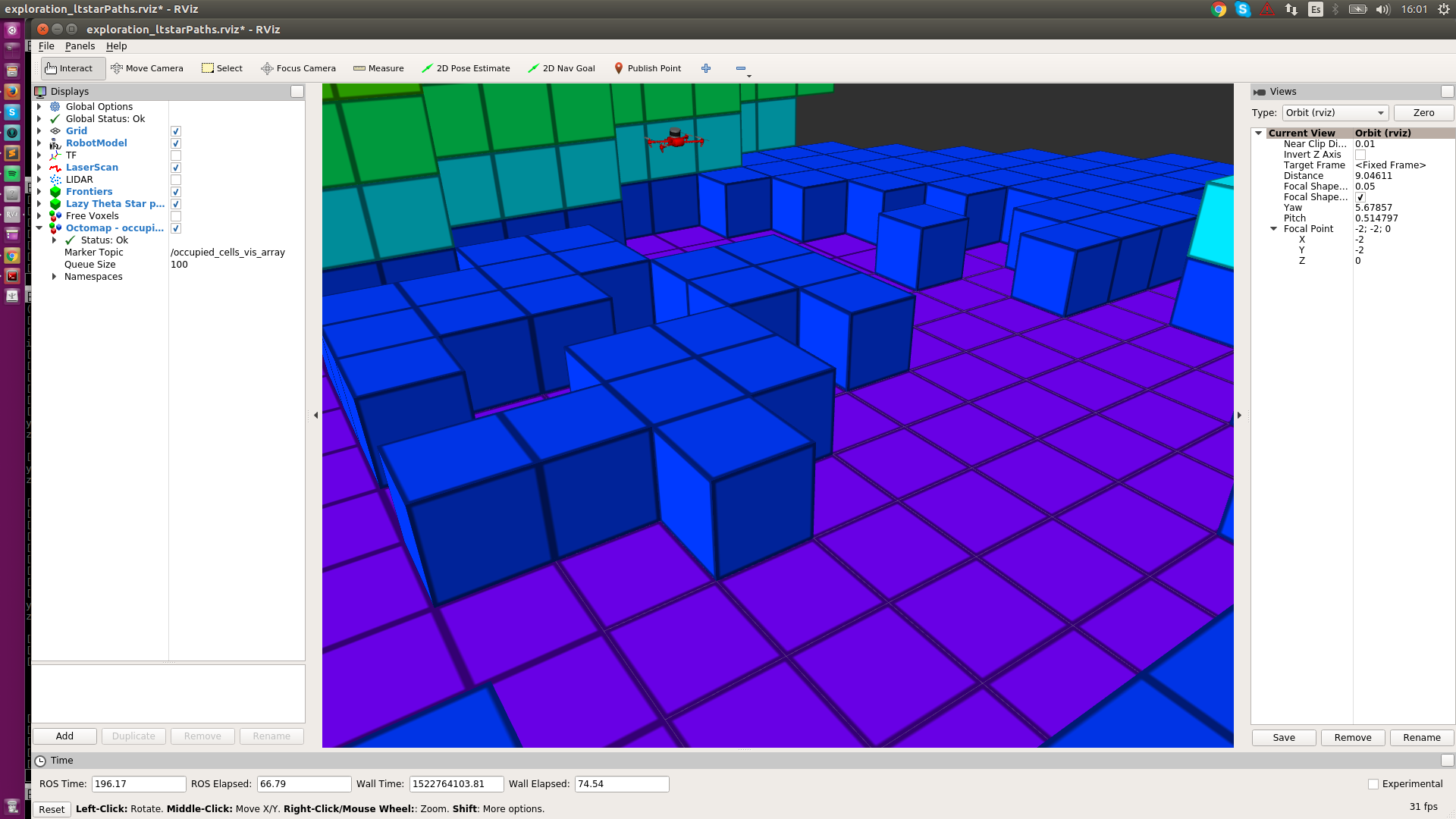

The strength and ductility of the capsule are more than adequate to permit this expansion with a safety margin of at least a factor of three. Under these conditions, the inner capsule would expand to accommodate the salt volume and the gas pressure. At 800/sup 0/C, the salt volume would be expected to exceed the initial capsule volume in a few (up to 1/3) of the WESF capsules. Although this document is not intended to develop or evaluate accident scenarios, an examination of the effects more » of heating a capsule to 800/sup 0/C for up to 90 min was completed. Impact, percussion, and thermal tests have been conducted that demonstrate their ability to meet anticipated licensing requirements. The capsules were designed to have a large margin of safety in their mechanical properties. These capsules were designed to safely store this gamma-emitting fission product, but they are now considered to be a valuable source for irradiators. Since the recovery of the fission product cesium-137 began in 1967, about 1500 capsules, each containing an average of about 50,000 curies of cesium chloride, have been produced. This report summarizes the program activities for FY 1985. Available data on the compatibility of WESF-produced CsCl with 316L SS are not adequate for making the required evaluations. To evaluate the potential hazards associated with the geologic disposal of the WESF CsCl capsules, reliable estimates of long-term attack of the capsule material by the CsCl at disposal temperatures are required. The capsules contain up to approx.70,000 Ci of /sup 137/Cs, depending on the fission product Cs and the purity of the CsCl. (50.8 mm) and an inner length of approx.19 in. Each inner capsule, which more » has an ID of 2 in. The CsCl is loaded into the inner 316L SS capsules by melt casting. The CsCl is doubly encapsulated in high-integrity 316L stainless steel (SS) capsules. Conversion of the purified product to CsCl, encapsulation of the CsCl, and water storage of the CsCl capsules takes place in the Waste Encapsulation and Storage Facility (WESF). Recovery of the Cs, as a nitrate, from the HLW and its subsequent purification, takes place in B-Plant. « lessĪt Hanford, fission product cesium, containing 20 to 40% /sup 137/Cs, has been recovered from the high-level waste (HLW) and converted to cesium chloride (CsCl). Another goal was to obtain regulatory approval of the design by preparing a safety analysis report for packaging (SARP) (Yoshimura et al. Attaining as-low-as-reasonably-achievable (ALARA) radiation exposures in the design and operation of the transport system was a major design goal. The BUSS cask was designed to meet dimensional and weight constraints of the WESF and user facilities. The primary purpose of the Beneficial Uses Shipping System (BUSS) cask is to provide shielding and confinement, as well as impact, puncture, and thermal protection for certified, special form contents during transport under normal and hypothetical accident conditions. Potential uses of the cesium-137 () capsules produced by the Hanford Waste Encapsulation and Storage Facility (WESF) in the State of Washington. In the early 1980s, the US Department of Energy (DOE) implemented a program to encourage beneficial uses of nuclear byproduct materials, such as cesium-137 and strontium-90, created during the production of defense materials. This report provides the required information through collation of results of studies and tests done previously by other laboratories. It must also be demonstrated that the capsule will maintain its integrity under both normal circumstances and specified abnormal conditions. To grant more » this registration, the NRC requires characteristics of the capsule.
Sources freespace wall registration#
Registration of the WESF /sup 137/Cs capsule with the NRC as a sealed gamma source would facilitate the licensing of non-DOE irradiation facilities using this source. Recently, the By-products Utilization Program has demonstrated the potential utility of these WESF /sup 137/Cs capsules as gamma radiation sources. The cesium is converted to CsCl, doubly encapsulated in 316L Stainless Steel, and placed in storage. This is done to alleviate the heat generated by the decay of radioactive /sup 137/Cs. The Waste Encapsulation and Storage Facility (WESF) at Hanford, Washington has been separating cesium from stored liquid defense waste since 1945.


 0 kommentar(er)
0 kommentar(er)
